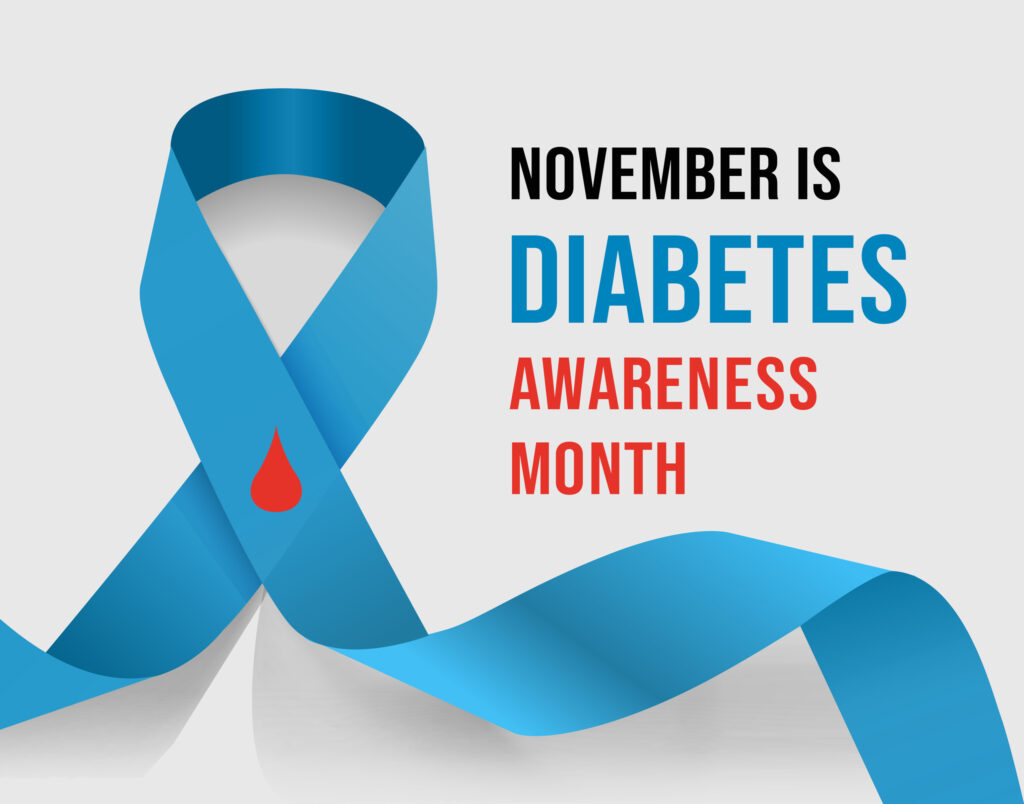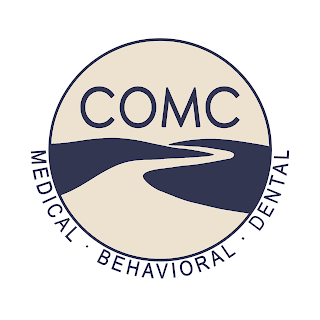According to the American Diabetes Association (ADA), more than one in five Americans who have diabetes don’t even know they have it. That means that out of a total 34.2 million, 7.3 million people are undiagnosed and untreated and unaware of the multitude of other health issues they will be at risk for if they don’t treat their diabetes. November is National Diabetes Awareness Month and as medical providers in Central Missouri we want to encourage everyone to know a little bit more about diabetes, and to be empowered to do everything you can to prevent it or treat if you already have it. Diabetes does not just affect your body’s ability to process sugar, it can lead to other significant medical conditions such as heart disease, poor circulation leading to amputation, blindness, and more. It’s a serious health condition, but there is treatment. So, in today’s blog we’re going to talk about how many people are affected, and what the risk factors are. In next week’s blog we will continue with the symptoms to be aware of, and some things you can do to treat or prevent diabetes. To be empowered with greater knowledge about this common health condition, we invite you to keep reading this blog.

How Many People Have Diabetes? (Source: CDC National Diabetes Statistics Report, 2022)
From 2001 to 2020, diabetes prevalence significantly increased among US adults 18 or older.
37.3 million people have diabetes—that’s 11.3% of the US population.
28.7 million people have been diagnosed with diabetes.
8.5 million people who have diabetes have not been diagnosed and do not know they have it.
Total Prediabetes
96 million US adults have prediabetes.
26.4 million adults 65 or older have prediabetes.
What is Diabetes?
First, you want to differentiate between type one diabetes and type two diabetes. Type one diabetes is when a person’s body does not produce insulin properly. It is commonly known as juvenile diabetes because it happens at an earlier onset. Type two diabetes is when a person’s body is not able to properly use its insulin to regulate blood sugar. 95% of diabetes cases are type two. According to the CDC, “prediabetes is a serious health condition where blood sugar levels are higher than normal, but not high enough yet to be diagnosed as type 2 diabetes. Approximately 96 million American adults—more than 1 in 3—have prediabetes. Of those with prediabetes, more than 80% don’t know they have it.”
What Are the Risk Factors for Diabetes? (Source: CDC)
Type 1 Diabetes
Family history: Having a parent, brother, or sister with type 1 diabetes.
Age: You can get type 1 diabetes at any age, but it usually develops in children, teens, or young adults.
In the United States, White people are more likely to develop type 1 diabetes than African American and Hispanic or Latino people.
Currently, no one knows how to prevent type 1 diabetes.
Type 2 Diabetes
You’re at risk for type 2 diabetes if you:
Have prediabetes.
Are overweight.
Are 45 years or older.
Have a parent, brother, or sister with type 2 diabetes.
Are physically active less than 3 times a week.
Have ever had gestational diabetes (diabetes during pregnancy) or given birth to a baby who weighed over 9 pounds.
Are an African American, Hispanic or Latino, American Indian, or Alaska Native person. Some Pacific Islanders and Asian American people are also at higher risk.
If you have non-alcoholic fatty liver disease you may also be at risk for type 2 diabetes.

Learn More and Do More!
The fact that so many people have diabetes and don’t know it means that many of them could suffer additional health complications that might be prevented had they been diagnosed early. Symptoms for each type of diabetes can be different. Both are treatable, and while it may be unknown what can be done to prevent type one diabetes, there are some things that can be done to prevent type two diabetes. If you are interested in learning more about your personal risk for type 2 diabetes, you can go take an online risk test by the NIH to get a better idea. Then we encourage you to check back with us next week to learn how to recognize the symptoms of type one and type two diabetes, and to get some information and resources on how to prevent or manage diabetes. Be sure to use the links below to follow us on your favorite social media platforms, as well, to stay up-to-date on regular health tips and information from our medical clinics in mid-Missouri.
Follow along with our blogs to get more health and lifestyle pointers to keep you out of our office more than once a year!
Central Ozarks Medical Center
Keeping Lack of Insurance From Being a Roadblock to Quality Healthcare

Like us on FacebookFollow us on TwitterConnect with us on LinkedIn
